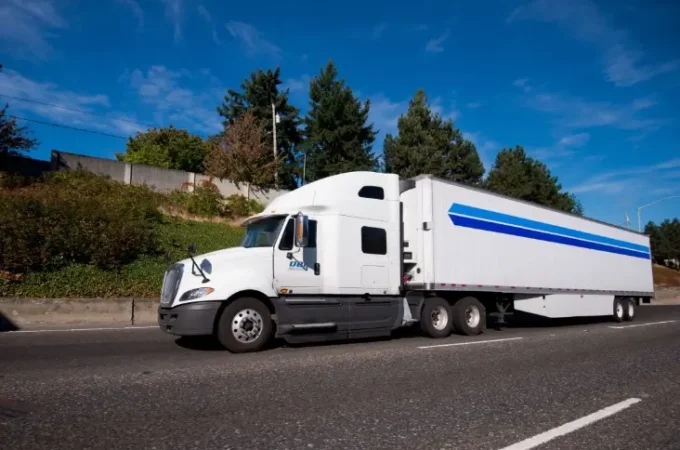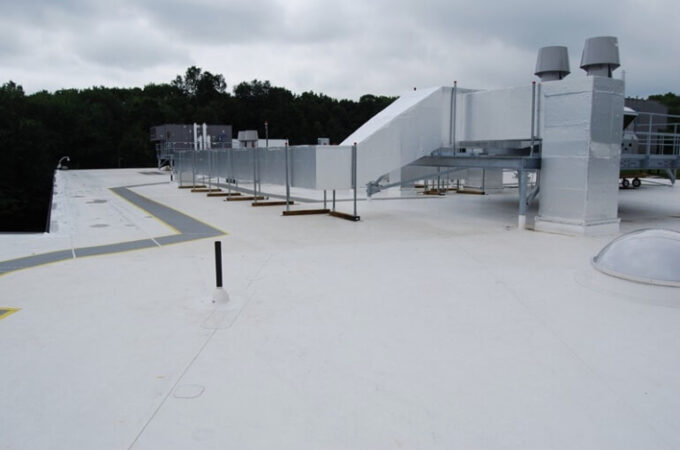
How Much Does Dry Cleaning Cost?
Dry cleaning is a specialized service utilized to clean garments and fabrics that cannot withstand the traditional washing and drying process. Understanding the factors that influence the cost of dry cleaning can assist individuals in managing their expenses while ensuring the care and maintenance of their clothing.
I. Introduction to Dry Cleaning
A. Definition and Purpose
Dry cleaning involves using chemical solvents instead of water to remove stains and dirt from fabrics. This method is particularly beneficial for delicate fabrics, such as silk or wool, and items that are prone to shrinking or losing color in water.
B. Brief History
The process of dry cleaning dates back centuries, evolving from early techniques using solvents like kerosene to modern methods employing safer chemicals. The industry has continually adapted to meet the changing demands of consumers.
II. Factors Influencing Dry Cleaning Costs
A. Fabric Type and Material
Different fabrics require varying degrees of care and treatment, impacting the overall cost of dry cleaning. Delicate materials or those with intricate designs might necessitate specialized handling, leading to higher costs.
B. Garment Complexity
The complexity of a garment, such as intricate patterns or the presence of embellishments, contributes significantly to the time and effort required for proper cleaning, thus affecting the cost.
C. Special Treatments
Items requiring additional treatments, like stain removal or odor elimination, often come with supplementary charges, influencing the final cost of dry cleaning.
III. Average Cost Breakdown
A. Clothing Items
When it comes to clothing items, the cost of dry cleaning can vary significantly based on the type of garment and its fabric. Here’s a more detailed breakdown:
- Shirts and Blouses: These typically range from $3 to $8 per piece for standard materials. However, if it’s a delicate fabric or has intricate designs, the cost might increase to $10 or more.
- Trousers and Pants: Basic pants usually fall within the $5 to $12 range. However, if they’re made from delicate fabrics like silk or have complex tailoring, expect prices upwards of $15.
- Dresses and Skirts: Simple dresses and skirts might start around $8 and can go up to $20 or more for dresses with beading, lace, or fine materials.
- Suits and Formal Wear: These pieces often require extra care and attention, with costs ranging from $15 to $30 per piece, depending on intricacy and fabric.
B. Household Items
When it comes to larger household items, such as curtains or bed linens, the cost is generally higher due to their size and complexity:
- Curtains: Depending on the material and size, the cost can vary significantly. Basic curtains might start around $20 per panel, while larger or more delicate fabrics could cost upwards of $40.
- Bed Linens: Sheets, comforters, and duvet covers usually fall in the range of $20 to $40, with larger or more intricate bedding commanding higher prices.
C. Specialty Items
Certain specialty items necessitate extra care and expertise, thereby resulting in higher costs:
- Wedding Gowns: Cleaning a wedding gown can cost anywhere from $100 to $300, depending on the intricacy of the design, fabric, and any preservation processes required.
- Leather, Suede, and Fur: Cleaning these materials often demands specialized techniques and can range from $50 to $100 or more based on the item’s size and condition.
Understanding these specific costs within each category helps individuals anticipate expenses more accurately and budget accordingly for their dry cleaning needs.
IV. Cost Variations Across Locations
A. Urban vs. Rural Areas
Costs for dry cleaning services may vary significantly between urban and rural areas due to differences in overhead expenses and market demand.
B. Different Service Providers
Various dry cleaners might have distinct pricing strategies, leading to variations in costs even within the same locality.
C. Regional Price Differences
Certain regions or states might have higher or lower average prices for dry cleaning services due to economic factors or competitive markets.
V. Ways to Save on Dry Cleaning Costs
A. Bulk Services and Packages
Some dry cleaners offer discounts for bulk services or package deals, enabling customers to save on regular expenses.
B. DIY Options
Certain fabrics or less complex garments may have care labels allowing for home dry cleaning kits, reducing costs significantly.
C. Membership and Loyalty Programs
Enrolling in loyalty programs or memberships with dry cleaners often comes with perks like discounts or exclusive offers, helping cut down on expenses in the long run.
VI. Understanding Pricing Models
A. Per-Item vs. Per-Pound Pricing
Dry cleaners may charge per item or by weight. Understanding these pricing models can help customers estimate costs more accurately.
B. Additional Charges and Fees
Be mindful of potential extra fees for services like rush orders, special treatments, or delivery services, as these can impact the overall cost.
C. Pricing Transparency
Opt for dry cleaners that maintain transparent pricing structures, ensuring clarity and fairness in the billing process.
VII. Factors Beyond Cost to Consider
A. Quality of Service
While cost is essential, prioritizing quality service is crucial for maintaining the integrity of your clothing and ensuring customer satisfaction.
B. Eco-Friendly Practices
Choosing eco-friendly dry cleaners might come with slightly higher costs, but it contributes to sustainable practices and a healthier environment.
C. Convenience and Turnaround Time
Consider the convenience and turnaround time offered by different dry cleaners, as these factors can affect the overall experience.
VIII. Conclusion
Understanding the intricacies of dry cleaning costs empowers individuals to make informed decisions about the care of their clothing and household items. By considering various factors and exploring cost-saving strategies, one can effectively manage dry cleaning expenses while preserving the quality of their belongings.
FAQs
- Is dry cleaning always more expensive than traditional washing? Dry cleaning costs can vary based on factors like fabric type and additional treatments, but it may not always be more expensive compared to traditional washing, especially for delicate or specialized items.
- Do all dry cleaners charge the same prices? No, pricing can differ between dry cleaners due to various factors such as location, services offered, and pricing models.
- Are there any risks associated with dry cleaning? While modern dry cleaning methods are generally safe, some chemicals used in the process can pose risks if not handled properly. Choosing reputable dry cleaners minimizes such risks.
- How can I ensure the longevity of my clothes after dry cleaning? Following care instructions on garment labels, choosing a reliable dry cleaner, and airing out clothes before storing them can help maintain their quality.
- Are there any DIY alternatives to dry cleaning? For certain fabrics and less complex items, home dry cleaning kits or gentle hand-washing methods can be viable alternatives to professional dry cleaning.
Visit our website for more. Click here: “Quick Trend Insights“.





